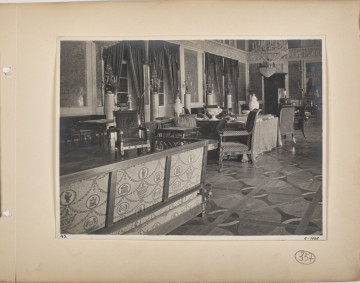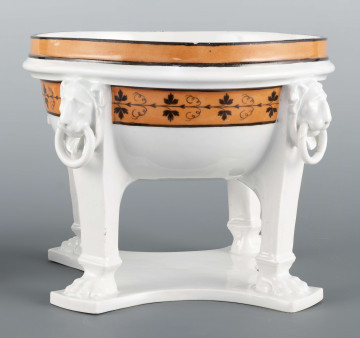On the service, we present objects from various museums in Poland. In order to ensure that the information is comprehensive, readable, and easy to search, it is published according to a standard that applies to all museums.
Object descriptions
Objects published on the service should be exhaustively described. The following information should be provided:
-
Inventory / identification number
-
Type of object
-
Name, title, subtitle, historical names (if any)
-
Material
-
Technique of execution
-
Dating
-
Dimensions of the whole object
-
Place of manufacture or discovery of the object
-
Full name of the object's owner
-
Current location of the object
-
How the object was acquired
-
Information about signatures, marks, inscriptions on the object: type, location, description, content
-
Popularising note up to 2000 characters
-
Keywords
-
Name of the collection to which the object belongs
-
Collection description up to 2000 characters
Detailed instructions on how to provide the indicated information are in the object register template in the attachment. The completed template is then uploaded via the content management panel, to which each Partner has access.
Types of visual documentation
An object published on the service must have at least one photograph reflecting its current appearance. However, the service allows the publication of visual documentation made with five different techniques:
-
classic documentary photography – files in JPG, TIF formats
-
gigapixel photography – JPG files – photography of two-dimensional objects, which in reality consists of many, high-resolution photographs, combined into one large image. Allows for a very large zoom of the image,
-
GIS map – allows to document and reflect on the map various spatial resources e.g.: archaeological sites, interiors and facades of buildings, tree stands or old maps superimposed on modern ones – the museum must have its own GIS portal, to which we direct in the service,
-
3D model – the museum must have its own account on the Sketchfab portal, from which we publish models in the service,
-
RTI image – files in format – technique in which flat objects are recorded in changing lighting, which allows for better observation of their interesting texture.
Files are uploaded to a common repository from the content management panel. In the case of GIS maps and 3D models, content is embedded to external portals (ArcGIS and Sketchfab).
Photo metadata
Object photographs should be marked with metadata in the IPTC standard. It is mandatory to provide information about the copyright to the photograph and the conditions of its use, as well as an alternative description indicating what is in the photo (also check the guide on how to write alternative descriptions). The full set of metadata along with instructions on how to fill it out is in the attachment in the XMP template. Photo metadata can be developed in free software like Adobe Bridge.



